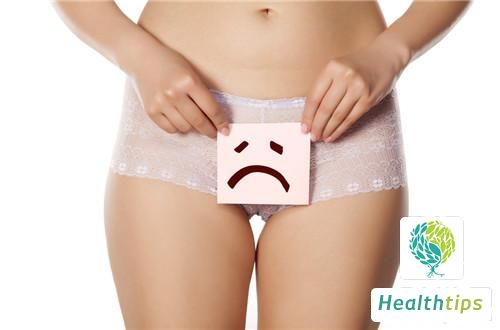Why Is My Left Calf Thicker Than My Right, and What Should I Do?
Some people in life have thicker left calves than right calves, and the phenomenon of calves of different thicknesses should be taken seriously. Sometimes, it is caused by physiological reasons, such as walking posture. If this is the case, attention should be paid to correcting walking posture, and the situation will be alleviated. If it is caused by calf diseases, timely treatment is necessary. Let's take a look at what to do and what are the causes of thicker left calves than right calves.

The reasons for different thicknesses of left and right calves can be divided into two types: physiological and pathological. Physiological reasons are mostly due to the patient's right-sided limb activity advantage as a right-hander, resulting in higher muscle activity and frequent use on the right side, which is stronger than the left side, but the difference in thickness is not particularly large. Pathological reasons are mostly due to muscle atrophy on one side of the calf. There are many reasons for muscle atrophy, which may include the following:
1. Peripheral nerve injury. Peripheral nerve injury in a single limb often causes neurogenic muscle atrophy, which can be confirmed by nerve conduction velocity tests and electromyography.
2. Disuse muscle atrophy. If the patient experiences hemiplegia of a unilateral limb, muscle fibers may atrophy due to long-term disuse and lack of exercise.
3. Congenital atrophy syndrome. This is a disease of unknown origin that may be related to autonomic nerve dysfunction. Besides atrophy of the lower limbs, there is often mild atrophy of the upper limbs and face.
The possible reasons for calves of different thicknesses may be due to habitually placing the body's center of gravity on one side, which over time leads to more developed muscles on the side that bears more weight, resulting in uneven calf thicknesses. Another reason may be neuromuscular problems or circulatory disorders in the calves that lead to swelling and make the calves look uneven. If no abnormalities are found after examination, no treatment is required, as it is difficult to change the asymmetrical muscle development caused by habitual movements, and it is not a major issue. However, if the different thicknesses of the calves are caused by a disease, appropriate treatment is necessary.



















